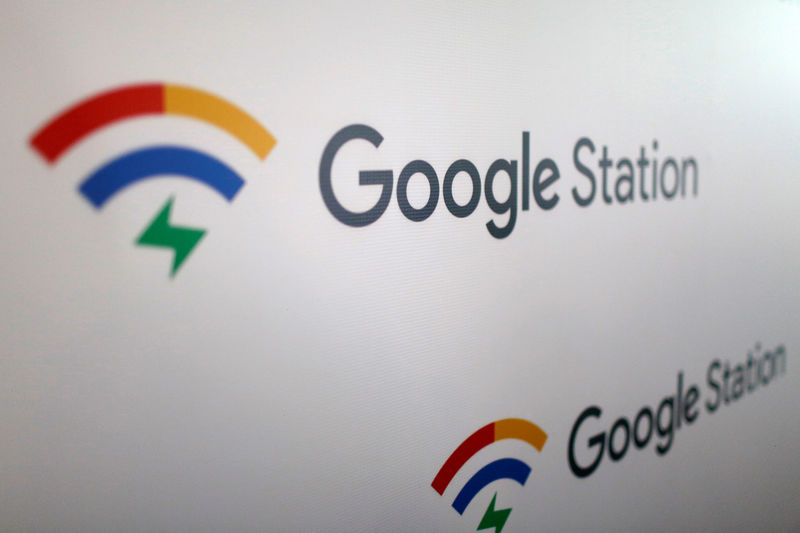Goldman Sachs chief credit strategist Lotfi Karoui departs after 18 years - Bloomberg
Alphabet Inc’s Class A stock, commonly referred to as Google stock, has reached a 52-week high, closing at $241.67. The tech giant, now commanding a market capitalization of $2.92 trillion, has demonstrated remarkable momentum with a 59% return over the past year. According to InvestingPro analysis, while the stock’s RSI indicates overbought conditions, the company maintains a GREAT financial health score. This surge underscores investor confidence and the company’s strong market position, reflected in its 13% revenue growth and P/E ratio of 25.6. The 52-week high marks a pivotal moment for the tech giant, as it navigates a competitive landscape and capitalizes on new growth opportunities. InvestingPro subscribers can access 14 additional exclusive tips and a comprehensive Research Report for deeper insights into Alphabet’s valuation and growth prospects.
In other recent news, Alphabet has been fined €2.95 billion by the European Commission for allegedly engaging in anticompetitive practices within its digital advertising business. The ruling requires Alphabet to stop these practices and submit a compliance plan by early November, although the company plans to appeal the decision. This fine will be recorded as an accrual in Alphabet’s financial statements for the third quarter of 2025. Meanwhile, Evercore ISI has raised its price target for Alphabet to $300, citing the company’s strong position in commercial-intent search use cases despite increased competition. On the other hand, Cantor Fitzgerald has maintained a Neutral rating on Alphabet.
In a separate development, Oracle has received a price target upgrade from Melius Research, which raised the target to $370 from $270, maintaining a Buy rating. The increase reflects Melius’s expectations of significant long-term revenue growth driven by advancements in AI inferencing capabilities. These updates highlight the ongoing developments and analyst perspectives surrounding Alphabet and Oracle.
This article was generated with the support of AI and reviewed by an editor. For more information see our T&C.
